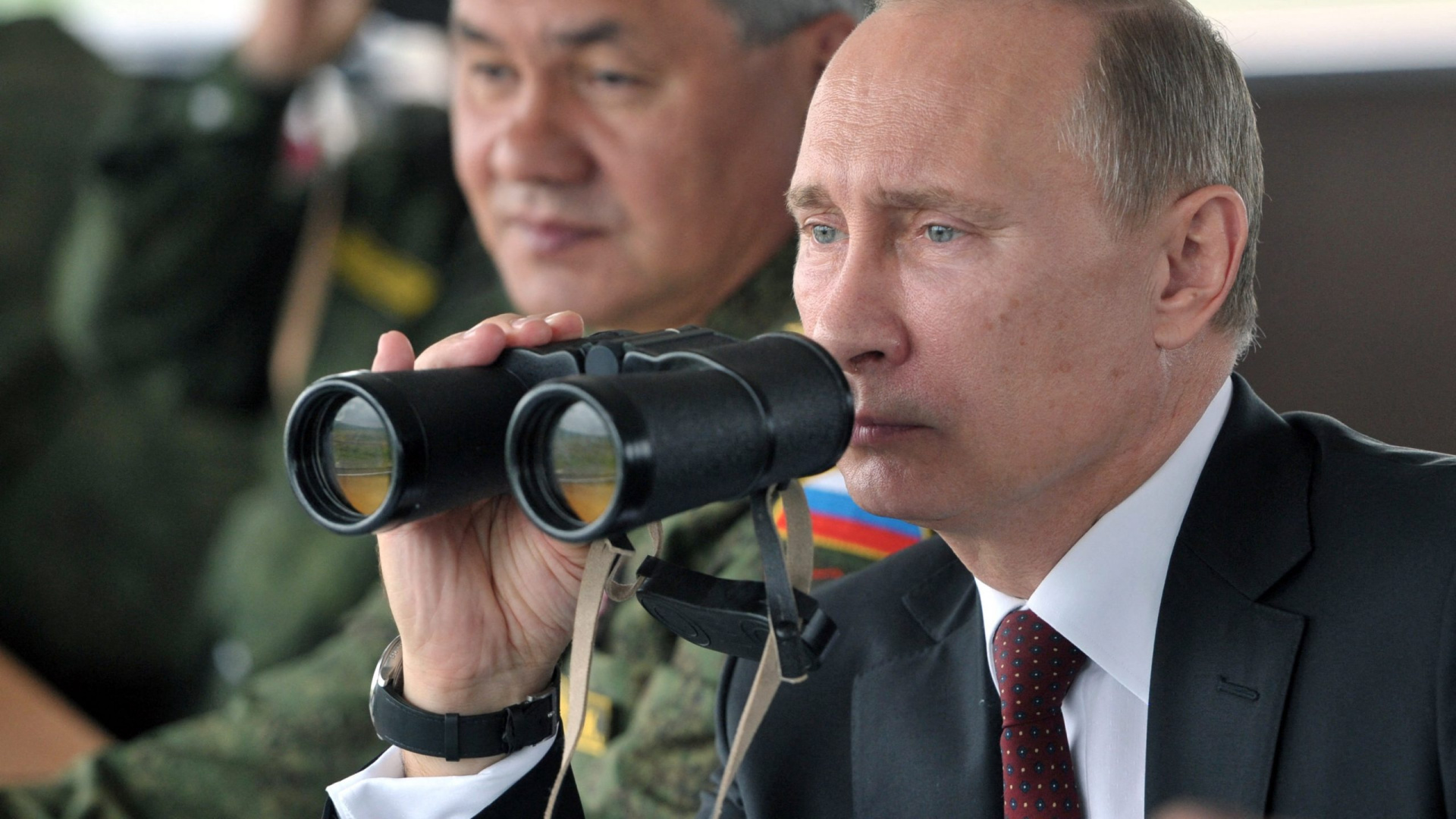Andorra: what do you know about this tiny country and its co-princes?
Andorra is a name you might recognize from geography class or pub quizzes, but beyond its name, it is unfamiliar to most.
The tiny country lies between France and Spain. Cross-border commuters from both countries go there to take advantage of the bargain prices. Some move there to enjoy lower tax rates. And once in a while, the mountainous nation brings forth a football team that can participate in the big league. But what else do you know about Andorra?
Andorra is located in the heart of the Pyrenees massif. Although the neighboring countries of Spain and France have significant coastlines, Andorra makes do without access to the sea. Also, unlike its two neighbors, the country is not part of the European Union.
With an area of only 468 square kilometers (180 square miles), Andorra is among the states with the smallest acreage on the European continent.
The capital of this small nation is Andorra La Vella, located more than 1,000 meters (3,280 feet) above sea level and home to around 20,000 inhabitants.
Its small size and relative isolation have not prevented a population explosion in recent decades: from 35,000 inhabitants in 1980, the Andorran population has increased to 65,000 in 2000 and nearly 80,000 in 2022.
From the Middle Ages, control of the territory was the subject of a struggle between Spanish bishops and a French count. In the 13th century, the conflict was resolved with a treaty that established a common guardianship between the two groups of pretenders.
From the early period of Andorra's existence, a monumental building still remains in its capital. It's called 'Maison de la Vallée' ('House of the Valley') and was built in the 16th century.
Since the Spanish and French signed their 13th-century treaty, sovereignty over Andorra has been shared between two co-princes. Although the Spanish co-prince has always been the bishop of Urgell, this function has been carried out directly by the king of France from the 17th century onward.
In the image: Louis XIV, the co-prince of Andorra until his death in 1715.
The French Revolution overthrew the King of France and the co-Prince of Andorra. In fact, the young French Republic refused to rule the territory. But when Napoleon marched into Spain in 1808, he quickly restored French sovereignty in Andorra as well.
In 1934, the Russian adventurer Boris Skossyreff proclaimed himself King of Andorra. Up to this day, he is the only person to have done so. His rule lasted only eight days, and then the Spanish army kicked him out. Once again, the joint supervision over Andorra was restored.
Since France has no monarchy, its co-prince from that country is the President, Emmanuel Macron. For Spain, the same religious leader holds the post of co-prince over Andorra: the Bishop of Urgell.
The current Spanish leader of Andorra is Bishop Joan-Enric Vives i Sicilia. He assumed this position in 2003 and worked together with four presidents of the French Republic so far.
Each of the two co-Princes traditionally sends a representative to Andorra. The current French representative is Patrick Strzoda (pictured), who is also Emmanuel Macron's chief of staff in Paris.
In 1993, a constitution confirmed what was already known for ages: the two co-Princes are equal. Signed by then-president François Mitterrand and the former bishop of Urgell, the text also established a government and a parliament inside Andorra.
Since 2019, the government of Andorra has been led by Xavier Espot Zamora (in the photo). Half of its ministries are headed by a woman.
A landlocked state, Andorra is nonetheless open to the world. It is a member of many international organizations, such as the UN (since 1993), the Council of Europe, the World Trade Organization, and Interpol.
While it's a modest and peaceful enclave in the heart of Europe, Andorra has also been regularly criticized for being a tax haven in the European continent. Similar to Ireland, the country has a traditional tax system but raises very low tax rates compared to its neighbors.
Like other European countries, Andorra is trying to switch to renewable energy. It is particularly working on the construction of hydroelectric installations. An ancient country marked by a long history, Andorra is also looking to the future.
Andorra is the only state in the world whose official language is Catalan. Its language is carefully preserved by the country.
However, French is also important to its population. The nation hosts many events to make sure that the French language stays alive in the country.
Andorran families can choose between three competing education systems: the French, the Spanish, and the local Andorran school system. The latter has the highest number of students.
Andorra is divided into seven parishes, including that of Andorra la Vella, the capital. Each of these areas has its own holiday, called 'Festa Major.' They all take place (on staggering dates) in the summer.
In October, the capital city holds its Andorra La Vella Fair, a celebration of Pyrenean culture.
While Andorra has some important agricultural activity, it is mostly making money from tourism. Between cross-border workers who come to take advantage of attractive prices and the Pyrenees massif where tourists can ski and practice other high-mountain activities, Andorra is a real tourist destination.
Are you familiar with the stunning Vall del Madriu-Perafita-Claror of Andorra? In this valley, human constructions have remained intact since the Middle Ages. Between shepherd's huts, irrigation systems from medieval times, and a more recent hydroelectric dam, the place tells the story of human progress in a mountain environment.
More for you
Top Stories







































